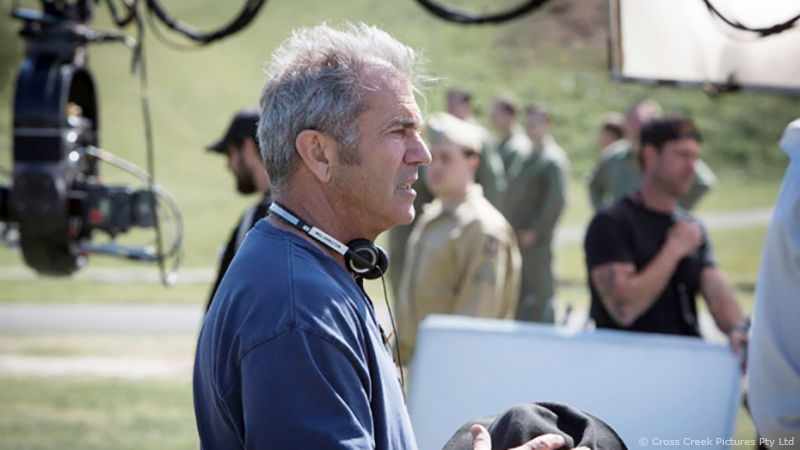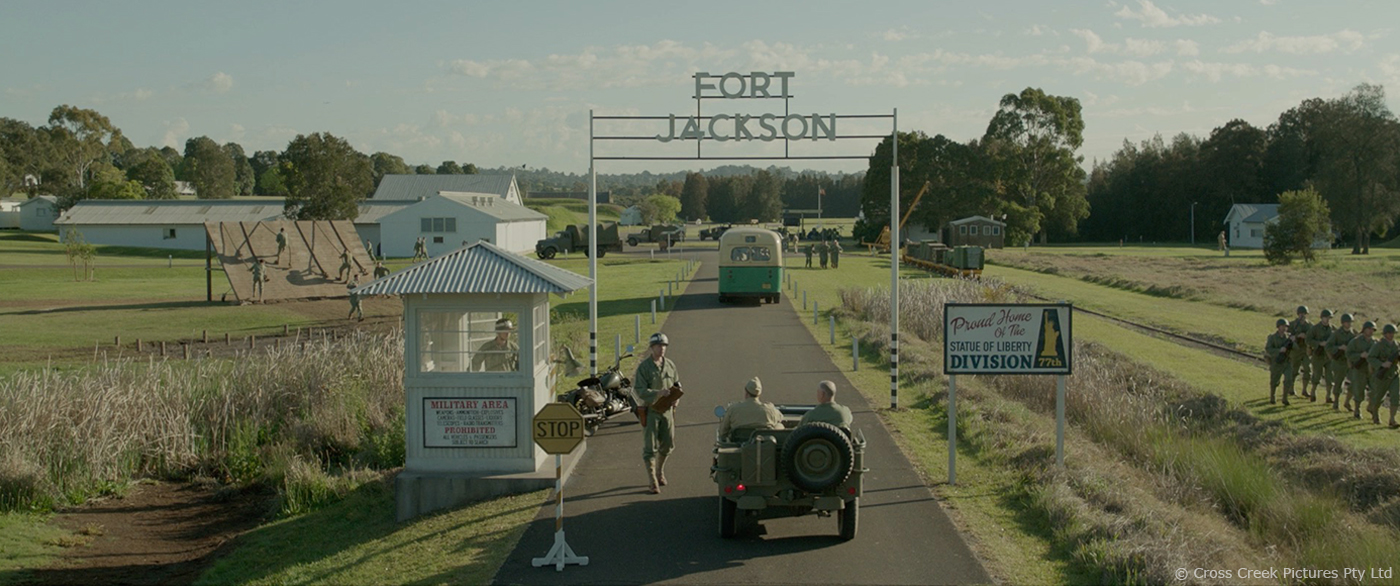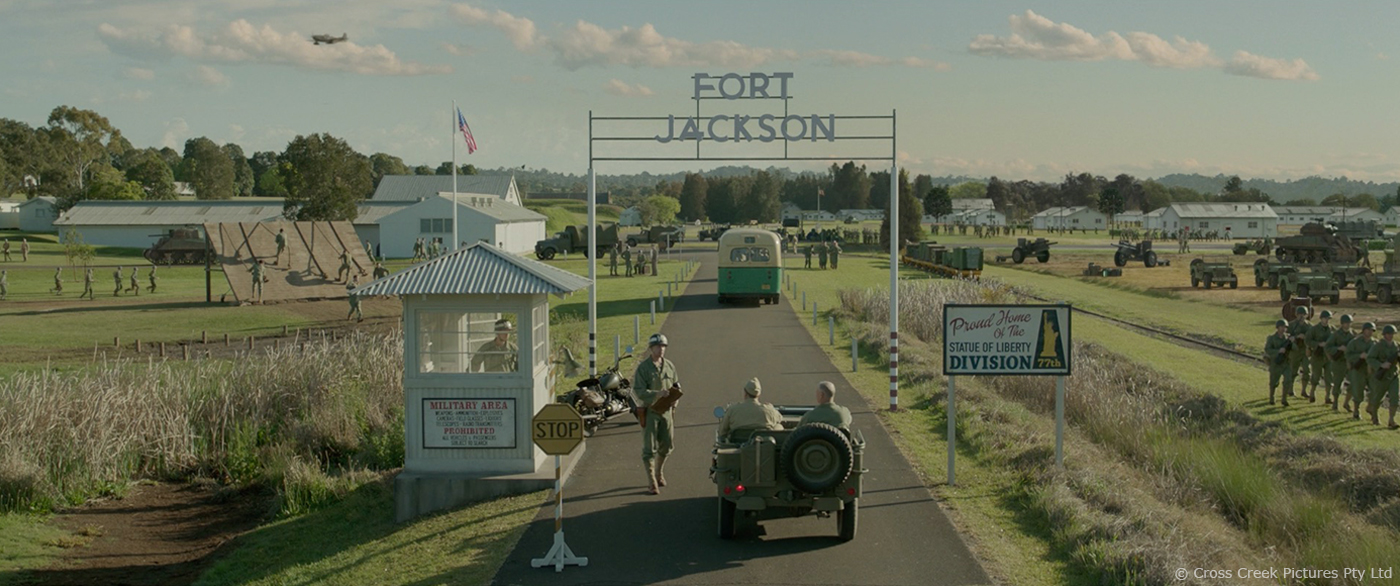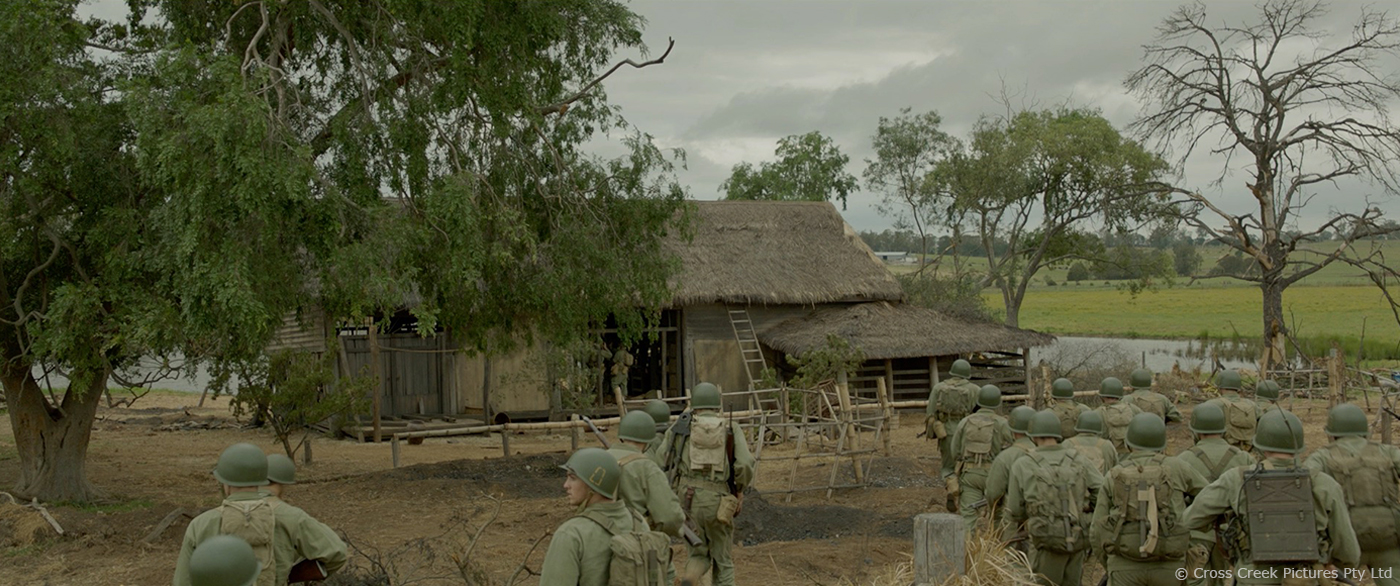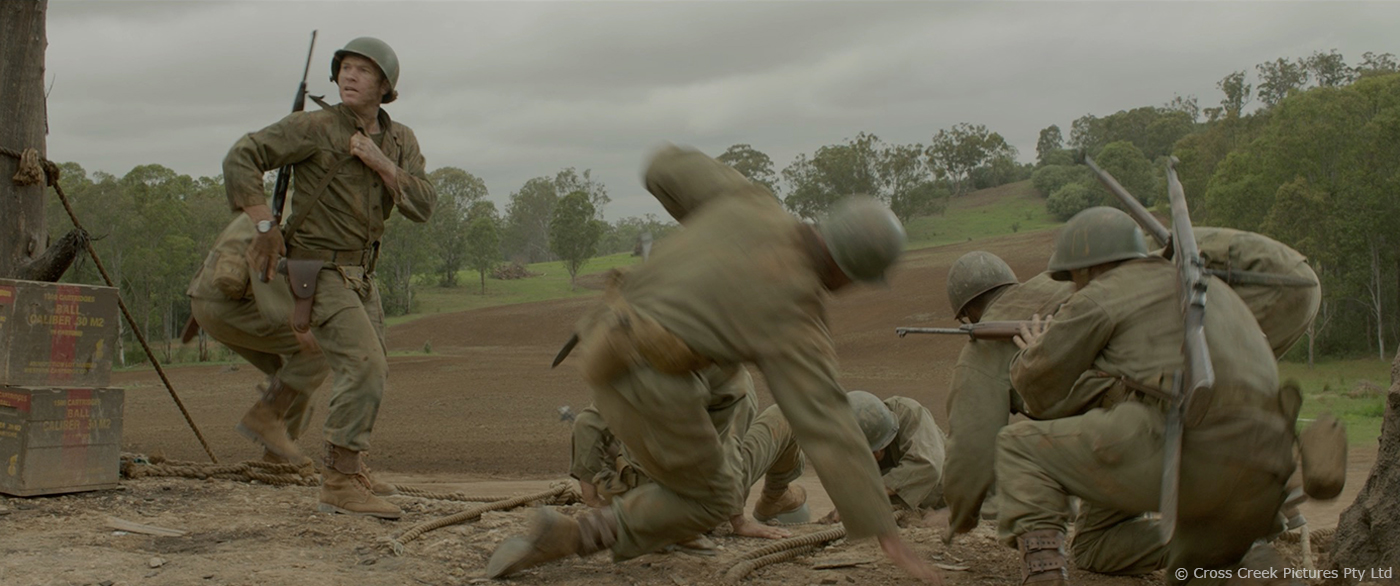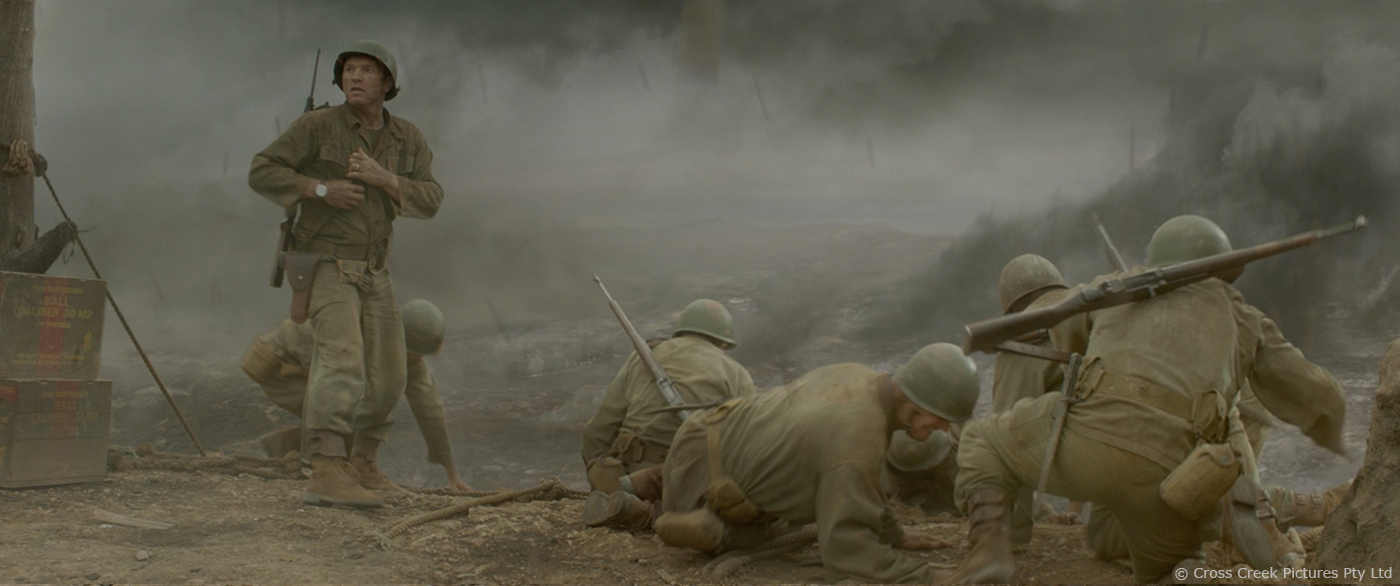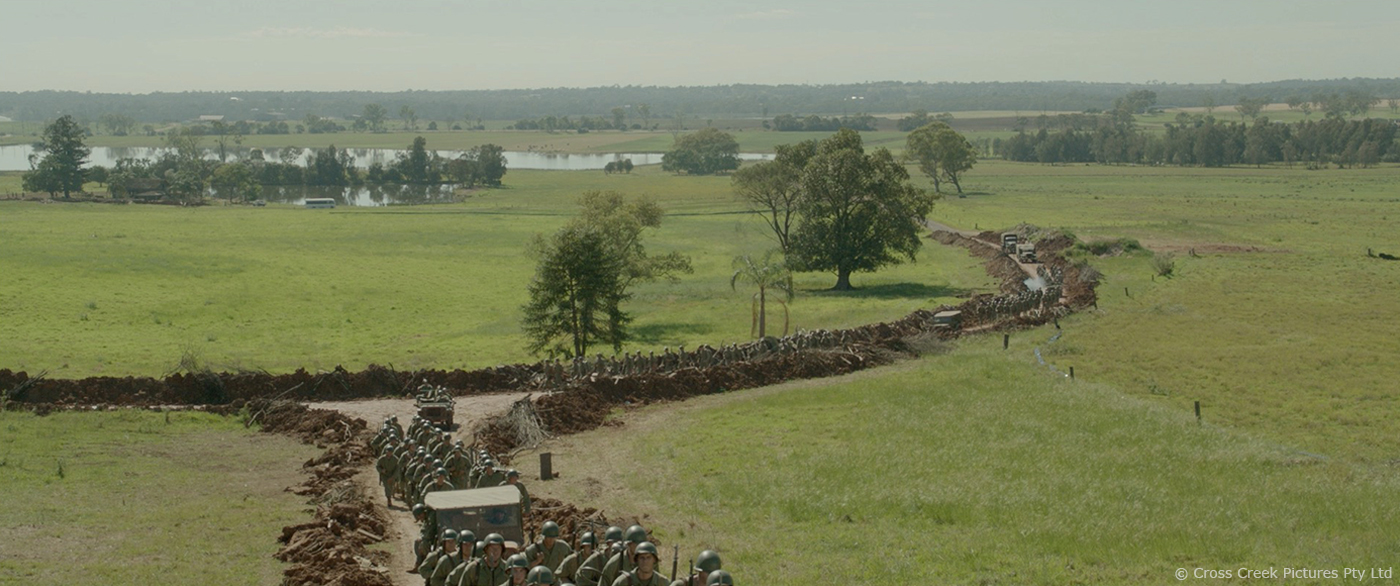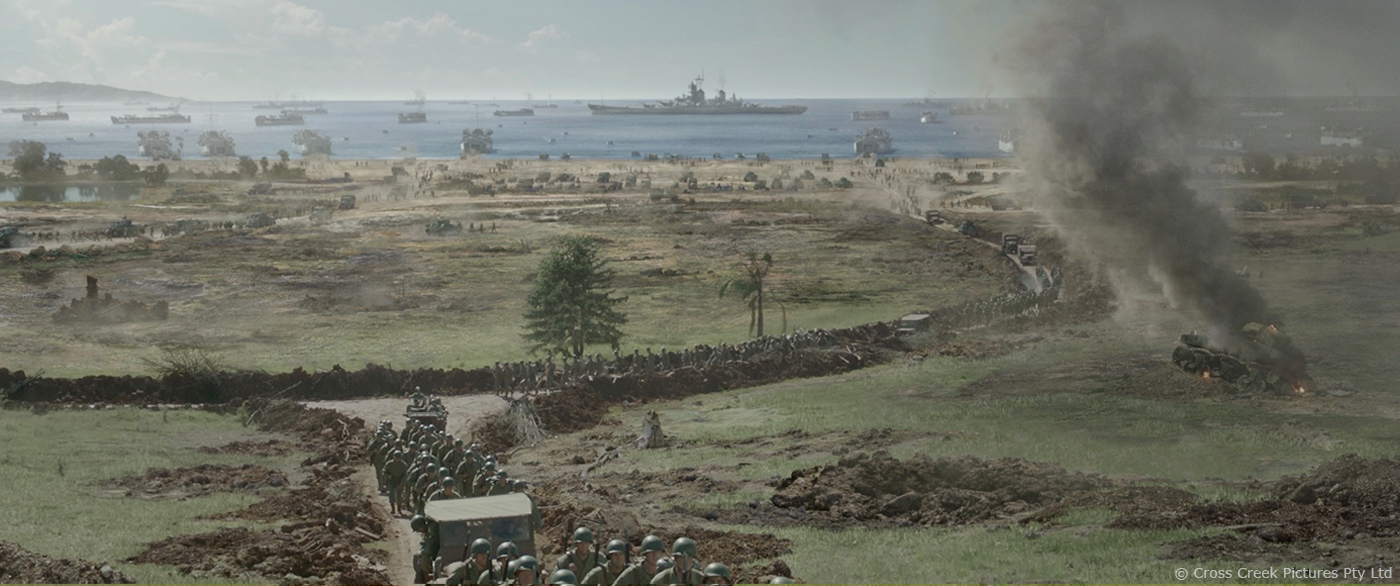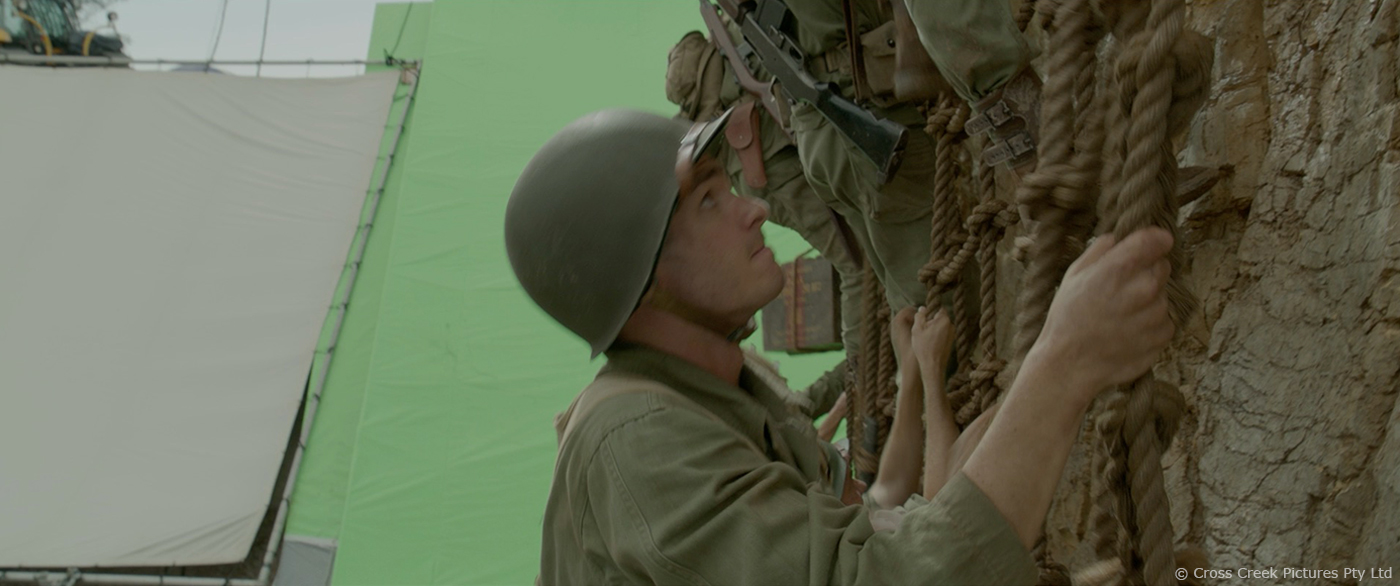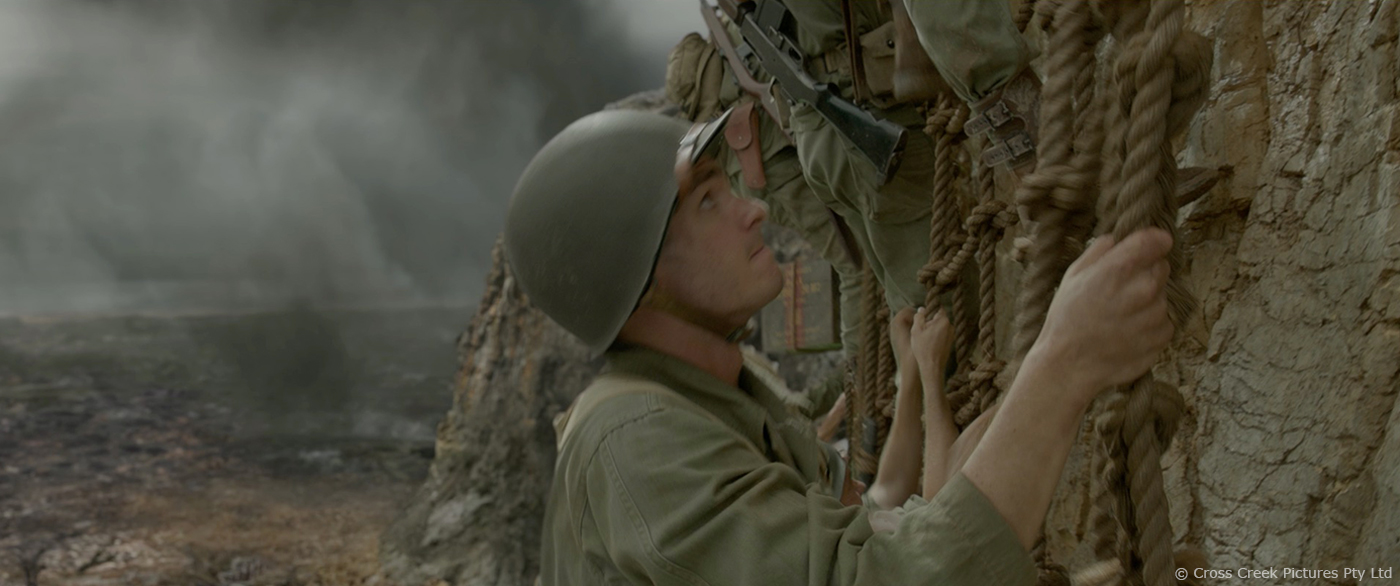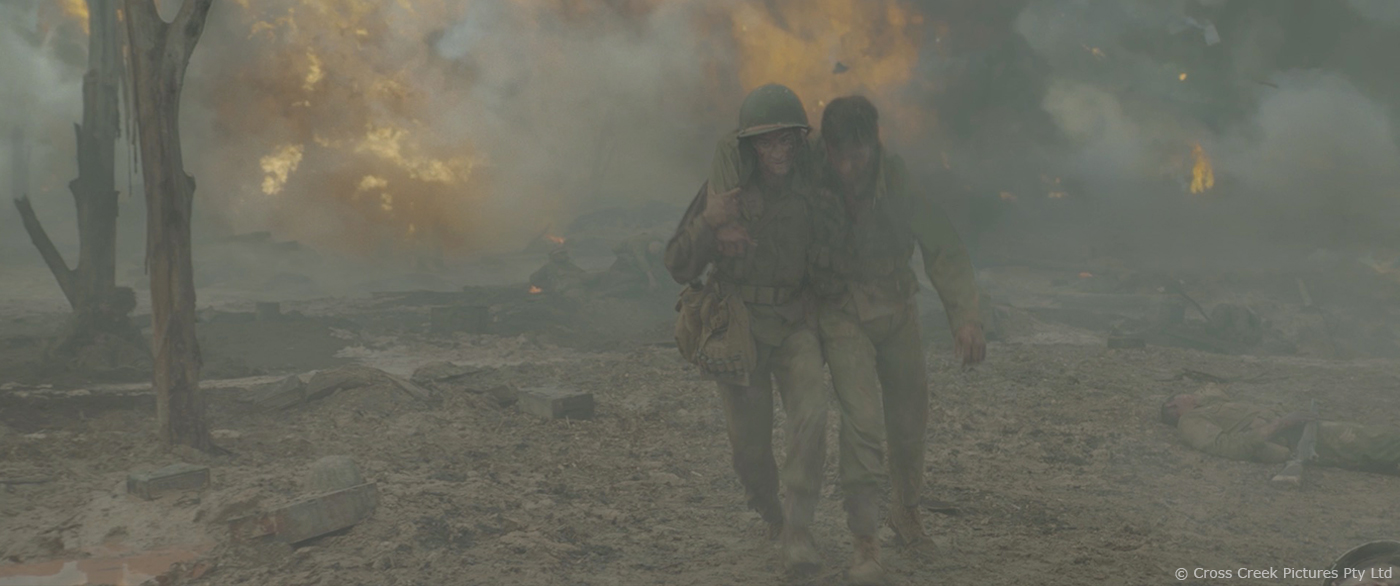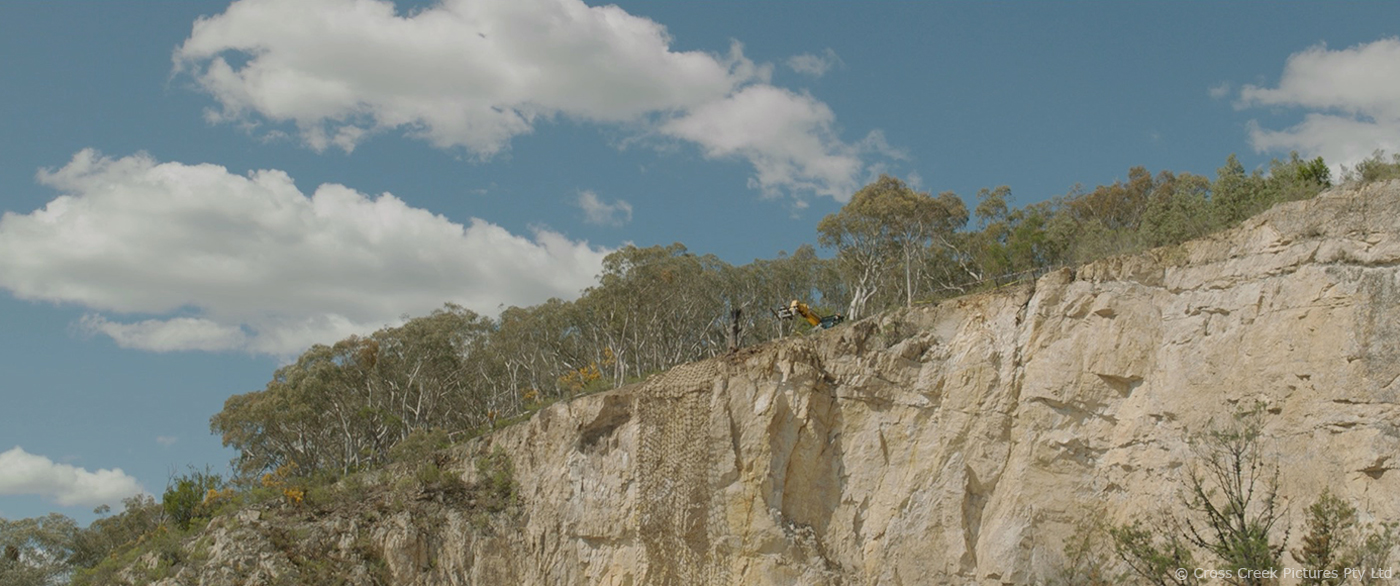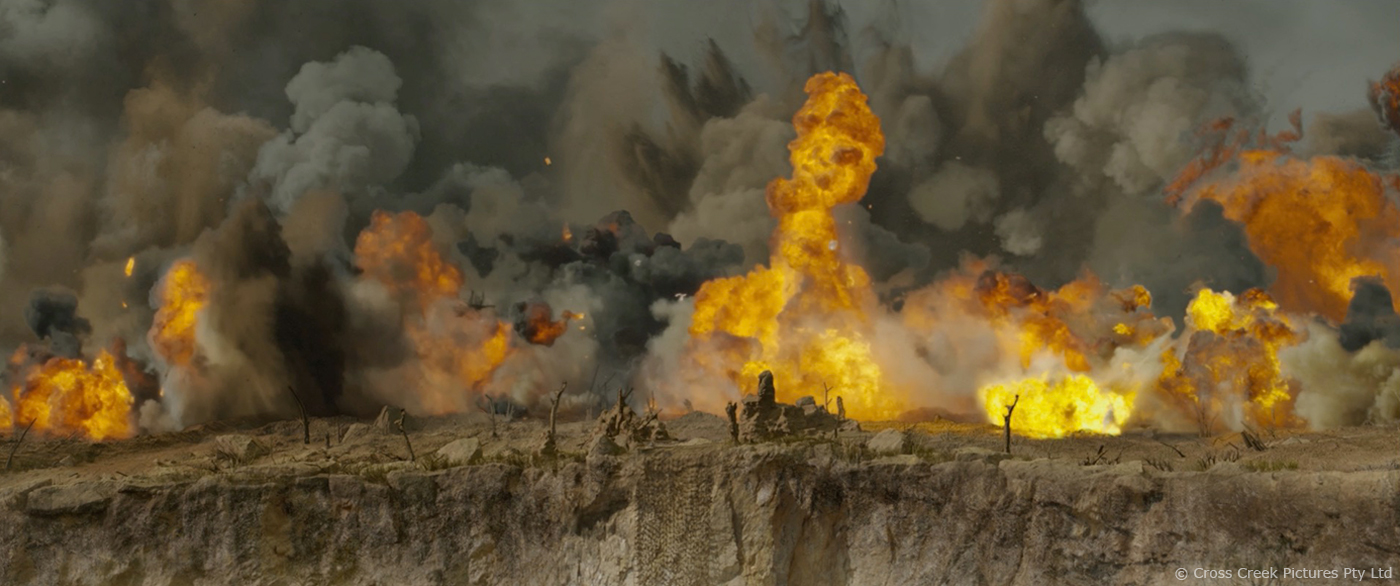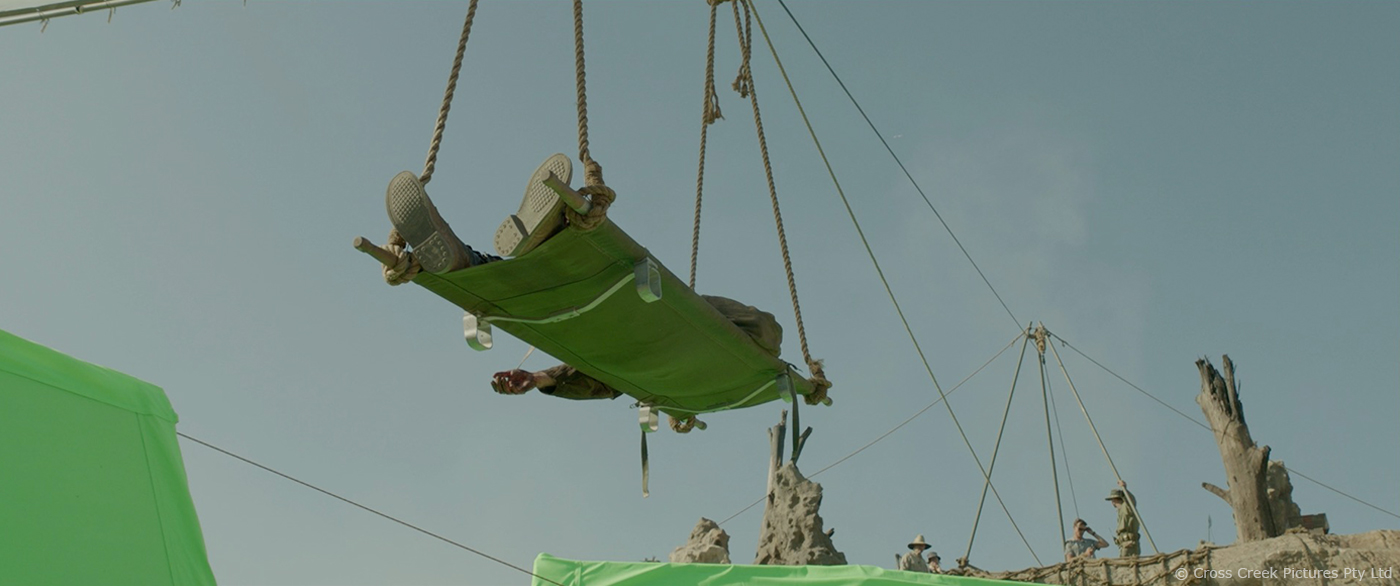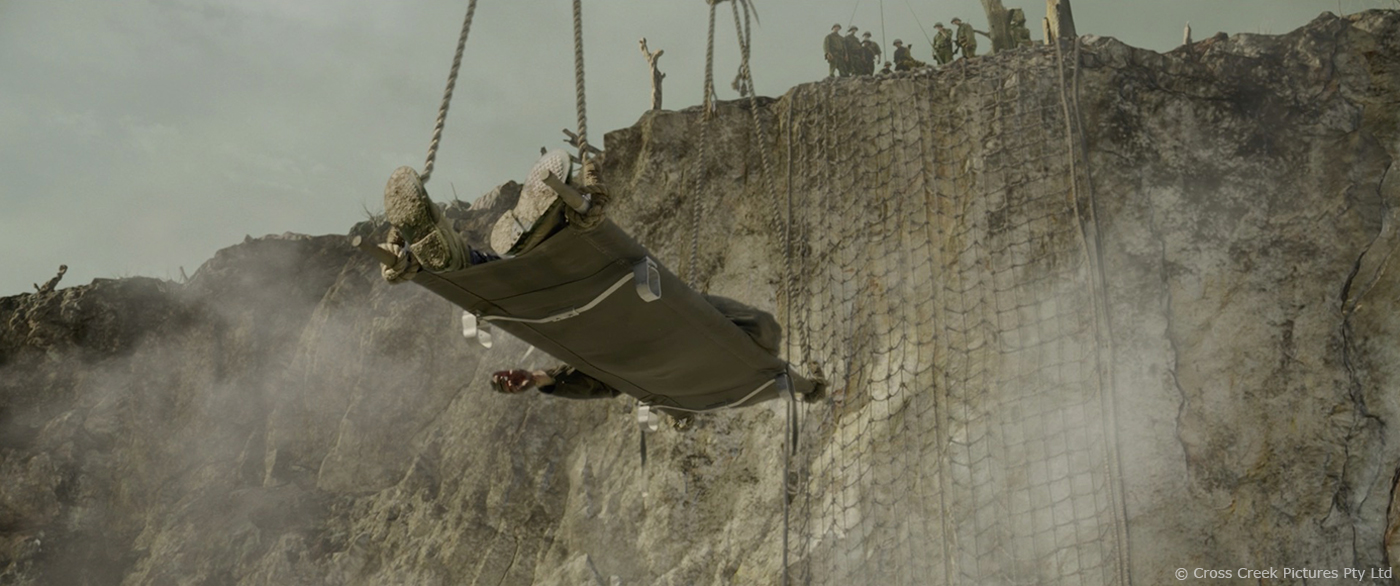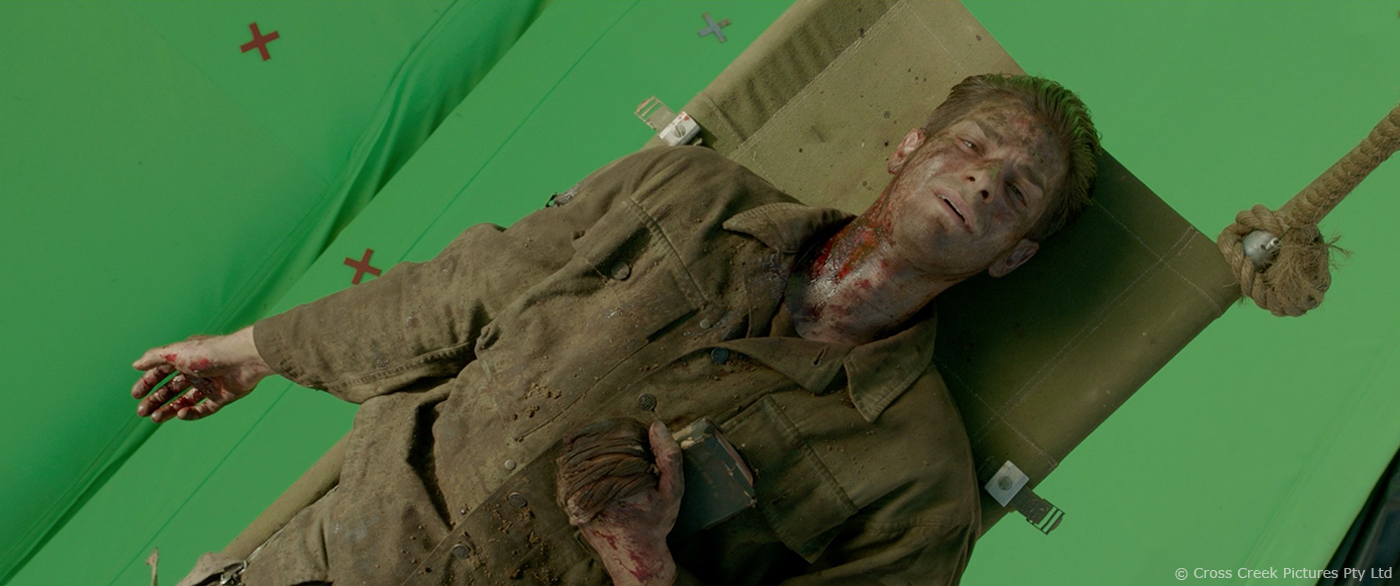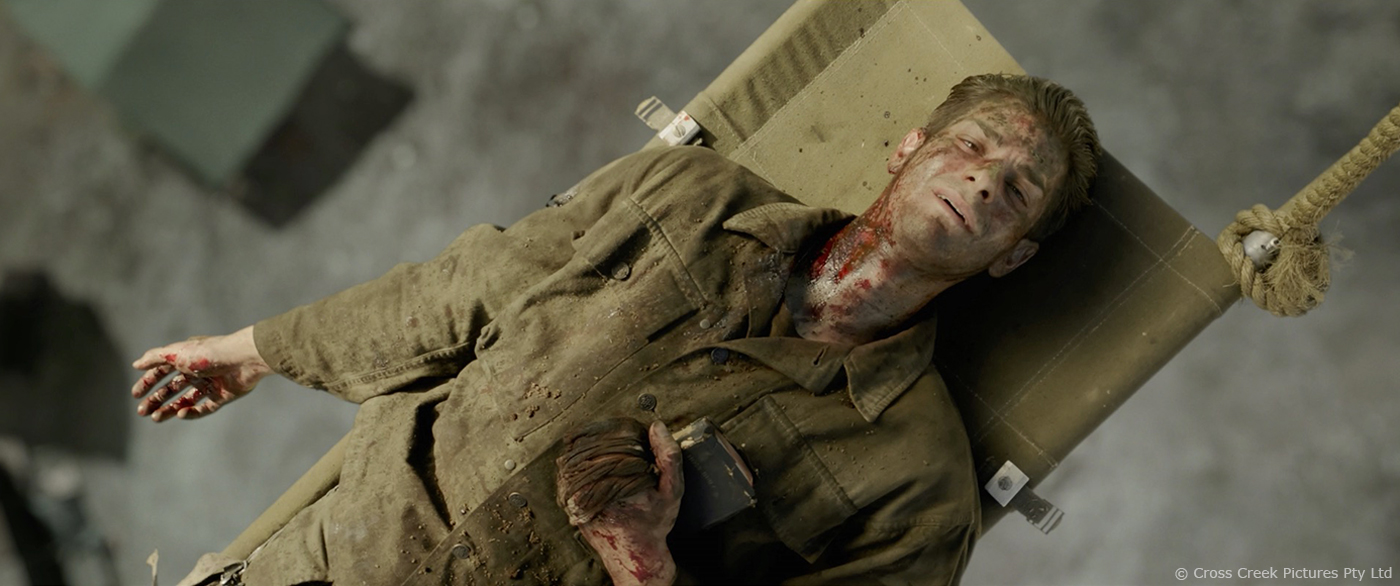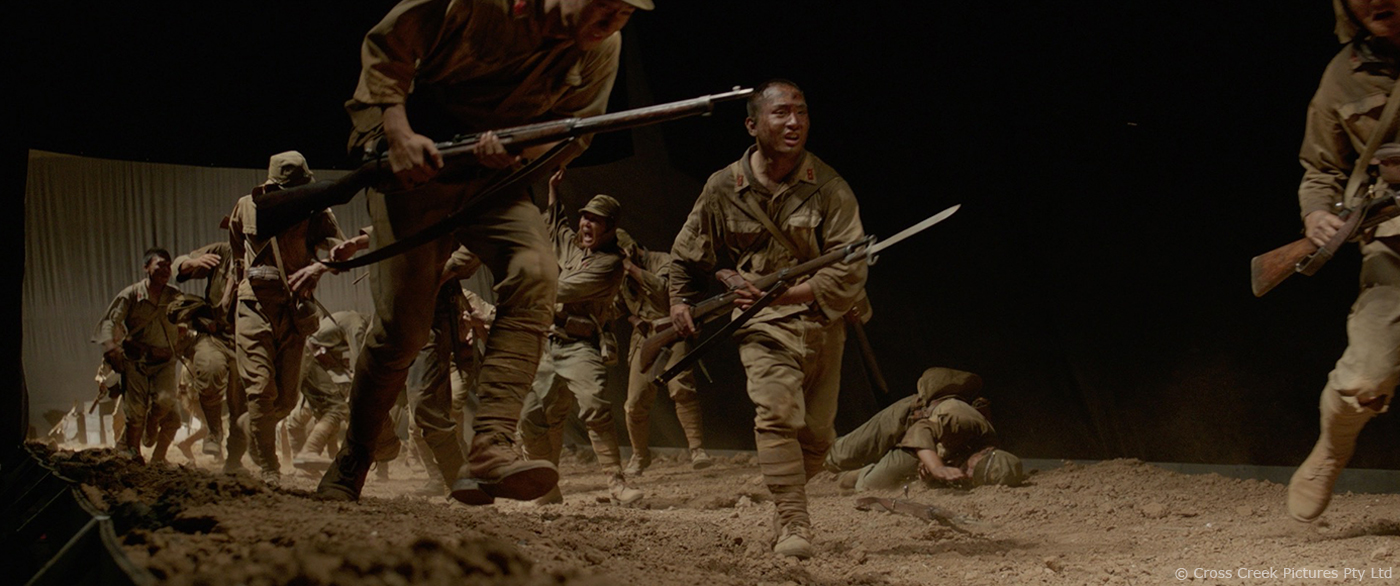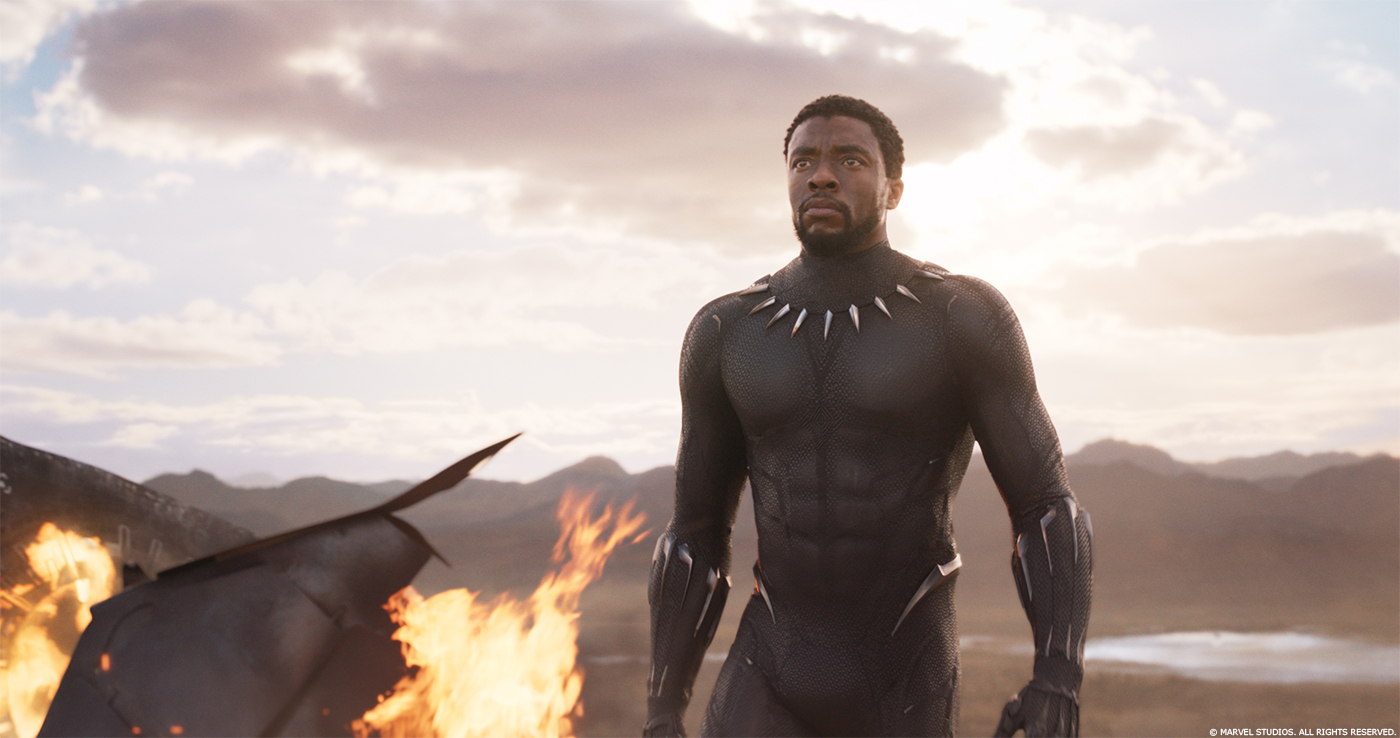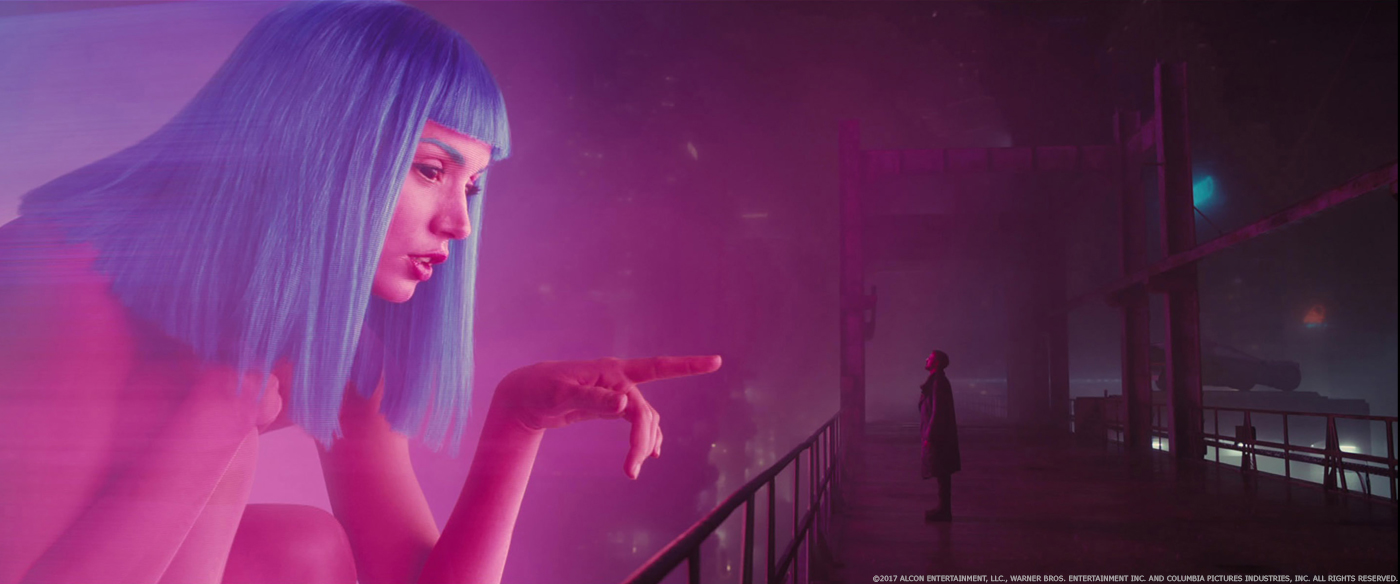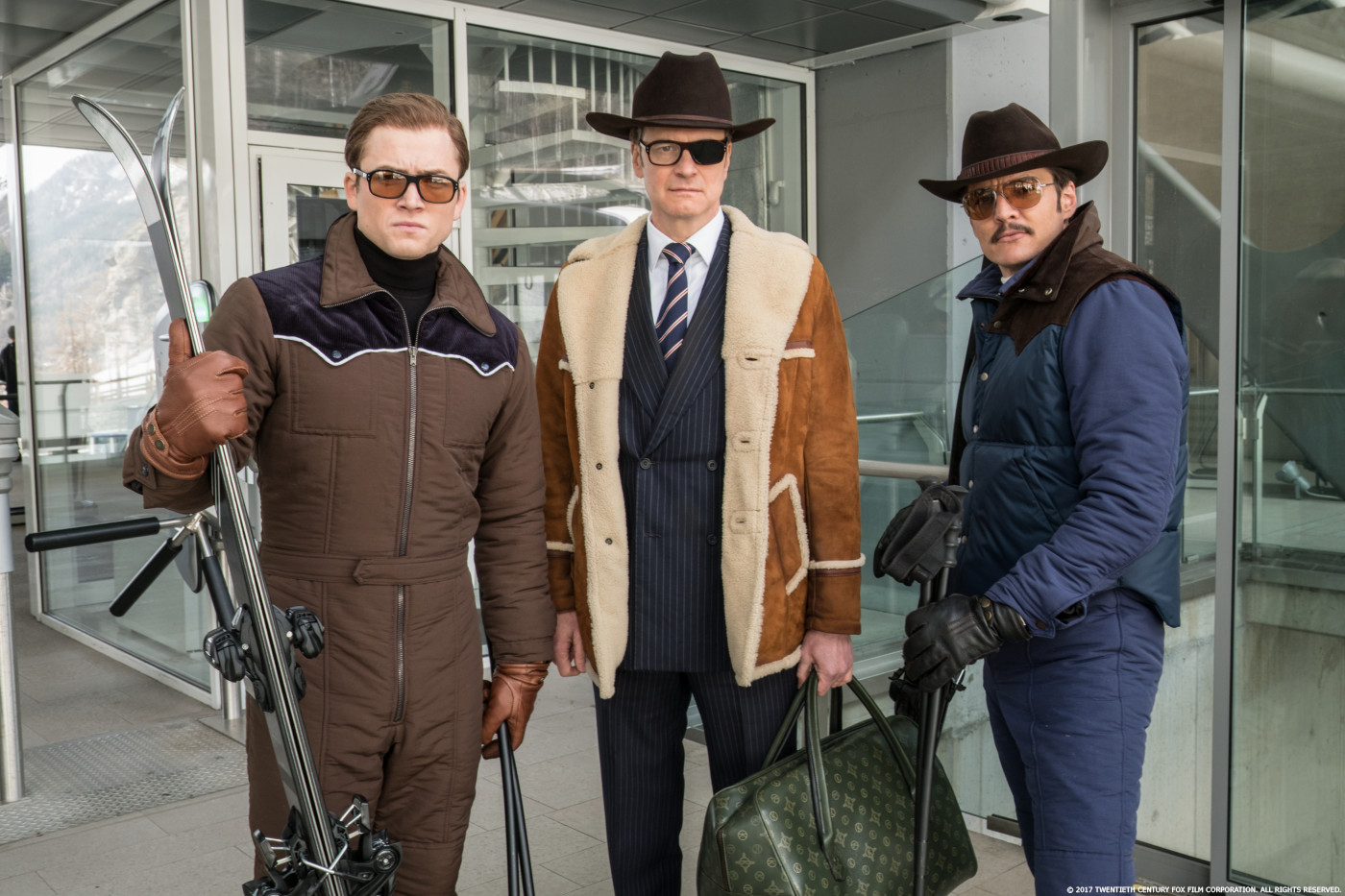Chris Godfrey has been working in visual effects for over 30 years. He co-founded Animal Logic with Zareh Nalbandian in 1991. He supervised the effects of many films such as BABE: PIG IN THE CITY, MOULIN ROUGE!, AUSTRALIA and THE GREAT GATSBY.
What is your background?
I came originally from TV as a technician. I was lucky to train in almost every department on almost every type of machine. Telecine, studio, cameras, lighting, VTR and master control. This lasted for 4 years. I then moved onto commercial editing with 2” and 1” VTR machines on a huge video mixing desk running up to 10 machines at a time.
After a time I was invited to join a company called VPB as a 3d animator – there were only 8 other animators in Australia at the time and only 5 machine. The very beginning of digital. I started animating on a Bosch FGS and then after a year the company bought an SGI computer with Wavefront software. The serial number for computer was 0016 and the software 0041. The computer ran at 17.5mhz and carried 2mg of RAM and a 360mg disk. Purchase price was $250,000 in 1987. That computer is now in the Powerhouse Museum and two jobs completed on that computer are with that museum and with the Smithsonian. Also at VPB I was the first digital compositor in Australia on a Quantel Harry.
I left that company and started a little post company called Bobdogfilms and then with Zareh Nalbandian began Animal Logic. During the early years I engaged programmers to write a product I invented called Eddie – the first software compositing package with a genuine gui and flowchart. From there we started Discreet Logic in Montreal in partnership with a local but later sold down our shares. Discreet had both Eddie and Flame as products.
I finally left Animal Logic 8 years ago when the company had reached 685 employees.
Since mid 1990’s I have been involved in around 20 different films. Most as the lead VFX supervisor. My main directors being Baz Luhrmann, Mel Gibson, George Miller and Terrence Malick.
How did you get involved on this show?
I worked with the producer Bill Mechanic many years ago during MOULIN ROUGE!. I was the VFX Sup and Bill was in charge of Fox Studios. A truely lovely man. HACKSAW RIDGE was Bill’s baby. He found the money, worked the script and then brought Mel on board.
How was the collaboration with director Mel Gibson?
Mel is very practical. Very hands on. Very responsive. He has an innate sense of timing and space when filming. What Mel has is an abundance of both cinematic knowledge but also physical and visual invention. He enjoys simplicity in the shooting process and will happily crawl around on the ground with the actors to give direction and intent.
With the VFX unit he was sharing. He would often come out of his office and come to the VFX desks and talk concept, camera and emotive feeling with myself and my producer Miranda Culley. He was veracious with reverence books and videos. He would come in with a idea and we would work through the concepts. I would then re-present and expand the images and options across the war scenes.
What was his approach and expectations about the visual effects?
War films are different to all other genres of films from a VFX perspective. Whilst you can create layouts and look concepts and even animate some broad previs you cannot make refined and locked previs. You must have an overview of VFX requirements but you can’t stop 200 men while you put up a 20×20 green screen in 4oºc. Also the nature of the handheld camera, multiple cameras rolling, then random smoke and dust forces you into a passive VFX scenario. You are not controlling the set.
Instead you go in with intents. Like – the majority of the muzzle flashes were VFX including lingering smoke and bullet ejects. The majority of body hits were VFX especially on the naked torsos of the Japanese in the final battle. All of the running battle background explosions were VFX. All of the major explosions were shot as a separate unit after main unit had wrapped. We used smoke to hide nearby trees – gaps in the smoke we patched and shadow of trees become distant hills with selective grading and extra contouring.
There we 4 specific scenes where we did require control and therefore they were treated on set as specific requirements for VFX but were out of the running battle. These were: the Fort Jackson establishing shot; when we see the cliff face and nets for the first time and rise up to see the naval bombardment; the first time a soldier is hit a multitude of bullets and as a result spifflicates (evaporates or explodes); and the final shot of Doss as he is being lowered.
Can you tell us how you choose the VFX vendors?
The VFX requirements for the film was of a complexity that allowed me to a wider selection of potential VFX vendors. I had already broken the script down and knew that there was no way to split vendors over the battle scenes because of look and assets. So I knew I required two vendors. One vendor to handle the wide of Fort Jackson, the naval bombardment and all of the battle scenes. Then a second vendor for the remainder of the film.
The work required for the battle scenes whilst complex and refined was not groundbreaking. Therefore it came down to who could do the quality, be competitive in bidding, do quoting in kind as the job expanded, have a proximity to edit, be flexible to adjust bid and vary content quickly, then also have a VFX supervisor that I could trust with second unit.
How did you split the work amongst these vendors?
I chose SlateVFX as the battle scene vendor. The much more complex scenes within the film. I had worked with their core team before on GATSBY. They use mainly casuals to expand for specific projects but their producer Prue Fletcher is great at talent spotting and they have an internal sup David Booth who has good onset experience. Prue also had a running bid going so that I could trim and swap shots as the edit refined. This was at the time their largest job to date but they did an exceptional job. Very keen, accurate, flexible and creative. The work had a lot of complex nuances.
The second company Cutting Edge did all of the other scenes when Desmond was growing up. Set extensions, complex matte painting and blue screens. Good solid work. First time I have worked with them and pleasantly surprised.
An overview of the process in post. It is really important to understand the post process of how the VFX for the battle scenes worked.
So as stated above I needed to let the battle scenes flow and then be opportunistic about the general cut. However we did have issues to overcome.
Firstly – The cliff face and ridge were at 3 separate locations because we could not find the perfect ridge. The cliff face itself was at Goulburn. Approx 200km out of Sydney. But trees on the top and the ridge fell away quickly to the left. And we could not burn fires there. As well the rock face crumbled and so all stunts had safety wires which were horrendous to get rid of.
Then a short and narrow 5 metre section of the cliff and the attached battlefield was constructed 20km out of Sydney with a surrounding lake, trees, and grassy paddocks.
Then there was a matching studio night set.
And none of the sets were perfect or correct without VFX treatment or extensions.
Secondly issue to overcome – The smoke that we used to hide trees and get the feeling of dread was inconsistent, too heavy or too thin. SFX was great but that is just the nature of the smoke. So additional shot smoke or CG smoke was added in VFX post.
Thirdly – The practical battle itself was inconsistent. Too few soldier, no background bombs, clouds, no ground hits, wires, squibs etc.. So the edit did not flow as well as it could.
After the edit was completed we did a postvis of the bombing sequence that occurs with the naval bombardment of the Japanese as the Americans retreat. This was completed by Bryn Farrelly at SlateVFX who used shot smoke and explosions to keep consistency and residual smoke throughout the sequence.
Then for the rest of the battle sequences I used a VFX editor, Peter Skarratt, and once again we placed bullet hits, body hits, tracers, explosions, smoke, ground hits and muzzle flashes across each of the three battle for image continuity and action continuity. It also worked as a screen direction compass as I made sure that tracers only came from the Japanese and bombs fell across the Americans. The entire three battles of postvis were then locked by Mel and was also passed to audio for sound FX timing.
Now we had all of the timings, scale and positions of the elements. Prue and her team also worked on a level of VFX automation for some the required sfx – specifically ground hits and debris.
Also during this time the raw shot material was assembled in BaseLight and I sat with a grader and commenced a traditional ‘one light’ grade to bring all base shots into line. It was hard to set a light as the variable smoke would dramatically change on every shot for shadows, range of exposure, detail, reveals, colour temp, etc. So all shots across Okinawa were graded whether VFX or not so that consistency would flow.
This is required so that when the VFX passes are overlayed to each and every shot the final results as sequences are fully gradable in any direction and consistent.
So from the grade a unique BaseLight grade node is inserted into the Nuke script of each shot and the final single shot outputs all matched up and we reviewed in context. The final creative grade was also still on Baselight and so the other non VFX specific grades could be used as a starting point.
The training camp have many set extensions. Can you tell us more about these extensions?
Early on we decided that we required CG extras. The film budget was tight and the shooting schedule was demanding and so simple animation cycles were completed for the agents.
We also were limited to one tank and a handful of jeeps and trucks. We scanned a lot of assets for replication in this shot. Distant boat were bought as models but always we reworked them.
What kind of references and indications did you received to created this training camp?
The training camp was referenced from a historical armament storage facility in Sydney. We blended between that buildings on location and also reference from the real base in the States.
How was created the wide shot of the US army arriving on Okinawa?
The location for the battlefield was a farm on the outskirts of Sydney. The battlefield measured 90 metres by 90 meters and covered one part of the farm.
So the decision was made to base the road to Okinawa and also the Farmhouse at the same location. As you can see from the pictures we cut a road into the countryside and that was about it.
The soldiers have to climbed a long rope ladder. How did you extend this set?
The set was a mix of two locations – the climb with full rope ladder and then a smaller climb that attached to the battlefield. Both locations were scanned and a blend piece made in 3d.
Can you explain in detail about the creation of the Navy ships firing on Hacksaw Ridge?
The explosions on the top of the ridge were an SFX creation. I really like huge explosions for their randomness.
If you look through the film there are a group of black smoke explosion which re named as ‘box bombs’. SFX made hundreds of them. A small charge with a black smoke content. Very safe to be near and so these were peppered near all action sequences with actors and extras.
For the opening explosion sequence on the ridge the box bombs would not work as the black plumes would gather and hide the detail of the ridge. So Lloyd Finnemore came up with a bomb that was a charge with 4 litres of petrol on the top. So flames. Lots and lots of flames.
For the big shot as Doss is about to climb for the first time I used the battlefield after main and second unit has moved on. So the battlefield was mine to destroy. I prevised where and when the explosions would go off across the landscape and gave this map and timing chart to SFX. They dug in the positions and laid in the gelignite and dirt. To overlap the explosions we ran the cameras at 150fps and when ready fired off all 80 explosions in a little over 7 seconds. It starts with the smaller petrol bombs to build up a wall on the horizon then moves to the bigger stuff.
So in total 15 gelignite explosions, 10 large petrol bombs with 15 litres of fuel each and 55 x 4 litre petrol bombs. In total 370 litres of fuel, 6 cameras, and we were hiding in a shipping container.
The bombing sequence is really impressive. How did you enhanced the SFX work?
After the main naval attach where the bombing continues with Andrew Garfield saving lives we touched 43 additional shots with extra explosions, continuity of smoke and sky and raining CG debris.
Can you tell us more about your collaboration with the SFX and stunt team?
I love the SFX guys. Dan Oliver and his team and very collaborative. And it was hard on the battlefield when some days were 45 degrees C and the ground read at 65 degrees.
The stunt team are the stunt team. Very hard to deal with wires and ropes and keep safety obviously. But some great work from Mic Rogers who is Mel’s go to guy since BRAVEHEART.
What was the stunt that needed the most work from your team?
The first kill on the ridge is the Spifflication of the two Americans. Mel was very clear he wanted the two to evaporate as a result of machine gun fire. The previs was made by Juri Fripp. On set the actors did what Mel called the Mexican rumba. They shook and rolled to simulate bullet hit but I wanted more violent hits. So after the first bullet hit we removed the upper torso and the shot becomes totally CG. CG hair, cloth sims, blood hits, body parts flying, animation of torso and body rolls. We animated the ripping of flesh right down to the backbone.
Which sequence was the most complicated to created and why?
The naval attach was difficult because it was a last minute decision to include closeups of the battleship and muzzle flashes. A CG model was bought and then almost completely restarted as the resolution and mapping were substandard. The CG sfx unit at SlateVFX began the explosion simulation to match reference footage of an 18” gun going off. Meanwhile I traveled to the States and shot textures and reference footage from the USS Massachusetts.
When I got back to Sydney I completed a previs of the shots and locked the sequence with Mel.
Can you explain in detail about the creation of the long beautiful final shot?
The long shot at the end was shot in a horrible way at the end of a long and tiring day. Bad screens were hung and there was holes in the background behind Andrew. I inserted the smoke and dust behind Andrew to firstly carry him away from the war and into the sky but also I inserted it to hide the lack of detail and people on the ground. A win / win.
But effectively everything in the background was CG or composited elements. The move and Andrew were the only things we kept.
Is there any other invisible effect you want to reveal to us?
So many – that is why the film is good. The VFX artists.
Was there a shot or a sequence that prevented you from sleep?
Not really. It was all in the process of how and when we tackled things and mainly through postvis.
What do you keep from this experience?
How much I enjoy filmmaking and how I am so rewarded when I can collaborate with and free think for a great director.
How long have you worked on this show?
I worked for 14 months in total and am very pleased with the result and the reaction to the final film.
What’s the VFX shots count?
705 shots in total across the 2 vendors. 500+ in the battles.
What was the size of your team?
I had a great producer Miranda Culley, a great on set TD Juri Fripp who one day will make an excellent Sup, Brent Armfield as data wrangler and David Booth as my second unit Sup.
In post less than 50 artists between the two vendors with the majority of work and artists at SlateVFX.
What is your next project?
Not sure. Still waiting – but I really did enjoy this experience as both big feature with a $40m VFX budget and small like this both have their creative idiosyncrasies and battles for quality and value.
What are the four movies that gave you the passion for cinema?
BILLY BUDD (1962), MARATHON MAN (1976), THE BOYS FROM BRAZIL (1978) and BLADE RUNNER (1982).
A big thanks for your time.
© Vincent Frei – The Art of VFX – 2017


